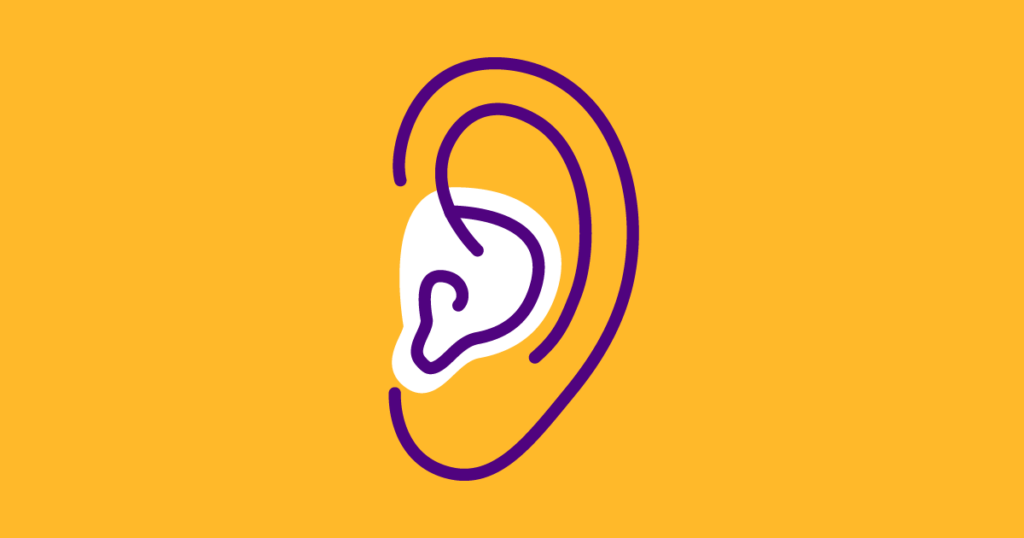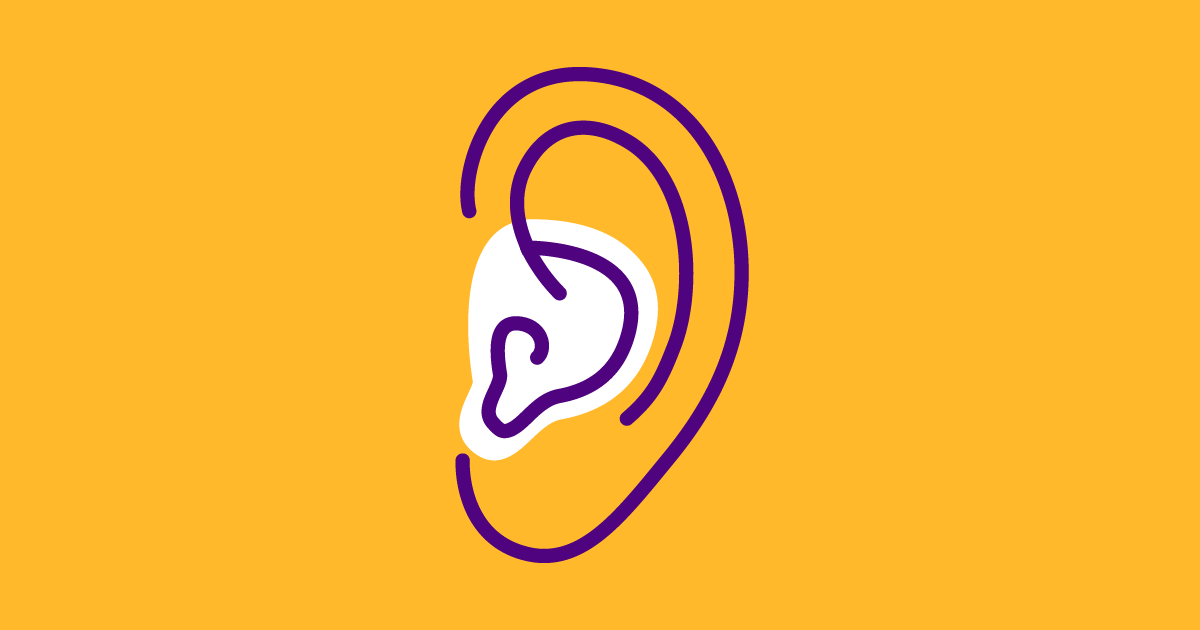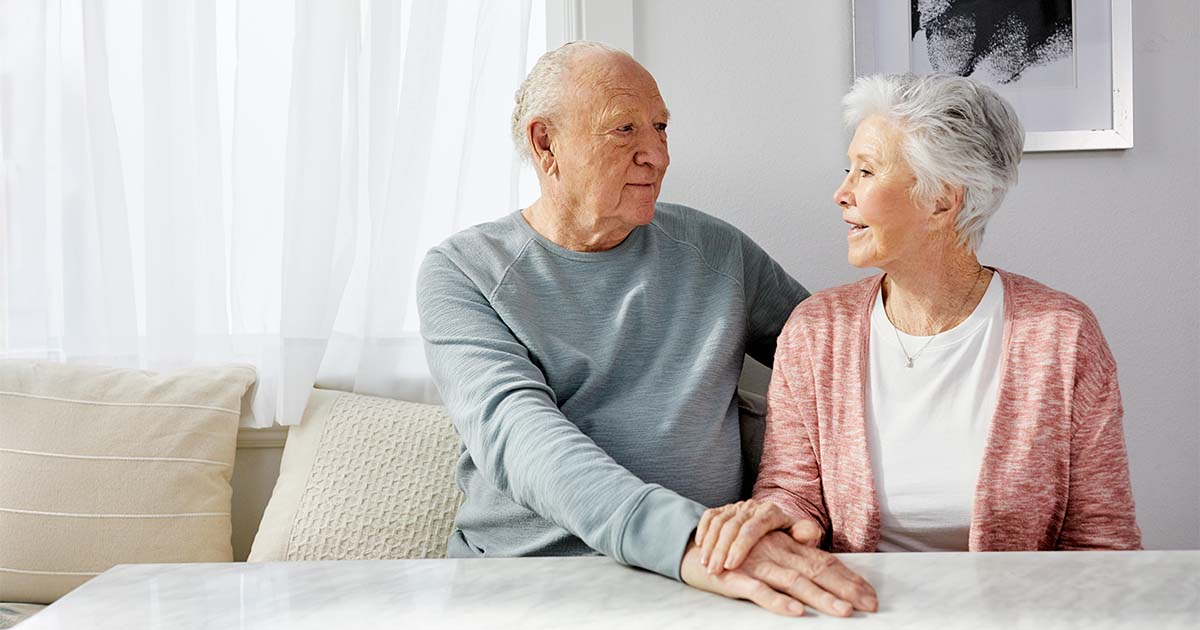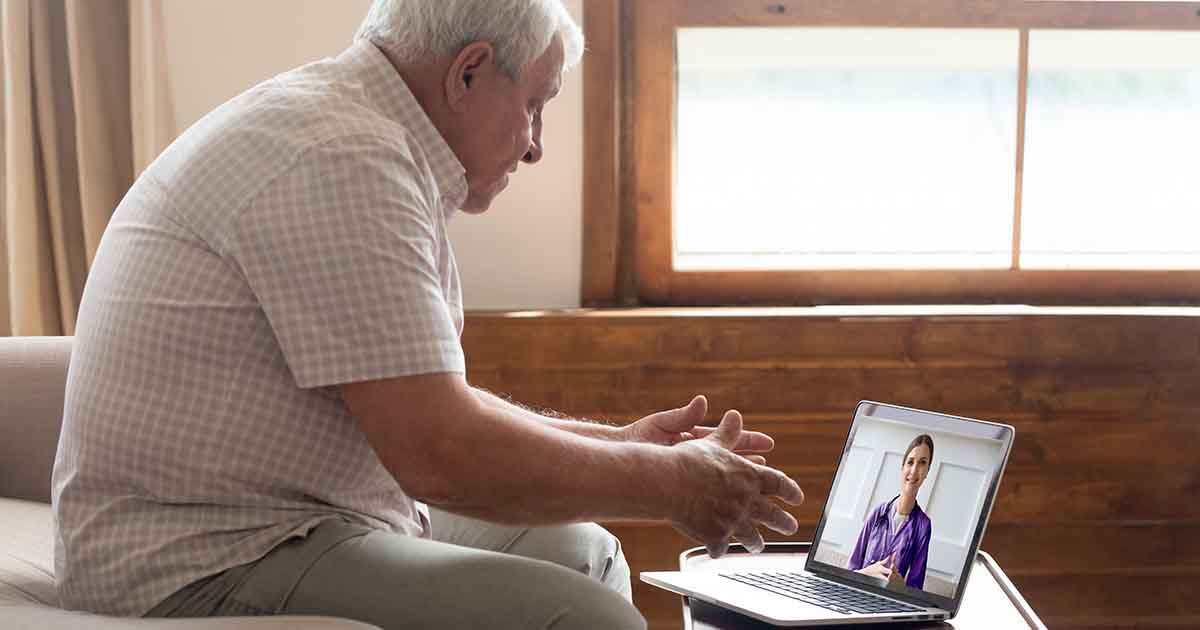Have you ever felt a little off-balance after standing up? Or maybe you’ve felt like the room was spinning while you stood still? If either thing has happened to you, chances are the function of your vestibular system was involved.
What is the vestibular system?
The vestibular system helps us keep our balance when walking across a room, stepping off a curb or walking on uneven surfaces. When all parts of this system aren’t working well, it can cause dizziness, imbalance, hearing problems and nausea.
This system works with the joints and muscles in our spine to make small changes in our posture that help us stay balanced. This happens when the brain gets messages from our inner ears and eyes, as well as the muscles, joints and skin. The brain quickly processes these messages and tells our muscles what to do to keep us from falling.

That room-spinning feeling that was described earlier is otherwise known as “vertigo.” According to Penn Medicine, vertigo is “ a sensation of motion or spinning that is often described as dizziness,” feeling much more intense than lightheadedness. Vertigo can be a symptom of varying health conditions, but your vestibular system is the part of your body where it is coming from.
There are two types of vertigo:
- Peripheral vertigo: “Due to a problem in the part of the inner ear that controls balance. These areas are called the vestibular labyrinth, or semicircular canals. The problem may also involve the vestibular nerve. This is the nerve between the inner ear and the brain stem,” according to Penn Medicine.
- Central vertigo: “Due to a problem in the brain, usually in the brain stem or the back part of the brain (cerebellum),” according to Penn Medicine.
Causes of vertigo and dizziness
It’s no cause for concern if you feel dizzy from time to time. Slight feelings of dizziness can come from motion sickness, certain medications or even stress.
There are balance problems that can occur at any age and cause dizziness such as:
- Viral infections in the inner ear or vestibular nerve
- Bacterial infections in the middle ear or connective tissue that spreads to the inner ear
- Allergies that cause changes in inner ear fluids or pressure in the middle ears
- Nerve damage from diabetes that causes sensory loss in the feet and legs
Some balance problems are a result of aging, however, since you become more susceptible to certain conditions as you age. These include:
- Fewer hair cells in the inner ear that may cause dizziness, vertigo and hearing loss
- Vision loss from cataracts, glaucoma and retinal decay from aging or diabetes
- Decreased range of motion or muscle strength due to an inactive lifestyle or arthritis
- Slower reflexes and reduced coordination
- Slower eye reflexes that make it harder to see clearly
- Benign paroxysmal positional vertigo (BPPV)
The loss of sensation in the feet or joints can also cause severe balance problems, but not dizziness. You may notice this if you have trouble walking or standing in the dark, or when you walk on grass or gravel.
The most common vestibular disorder
Benign paroxysmal positional vertigo (BPPV) is one of the most common vestibular disorders. It happens when tiny crystals collect within the inner ear and cause vertigo, dizziness and other symptoms. These tiny crystals, also known as ear rocks, are made up of calcium.
Trauma, infection and aging can cause these crystals to detach from the utricle, an organ within the inner ear, and collect in one of the ear’s canals. When you move your head, these crystals also move, sending false signals to the brain that cause dizziness and other symptoms.
You may notice BPPV symptoms when moving your head, getting out of bed or rolling over. Some people also feel dizzy and unsteady when they tip their heads to look up. It is normal for these symptoms to have no set pattern.
Vestibular weakness
The vestibular system extends to both sides of your head. When the vestibular system weakens, it can happen on one or both sides as a result of an injury, infection or problem with the inner ear. Vestibular weakness can also cause blurred vision, especially when turning the head quickly.
Many people will avoid lying down in bed, using rocking chairs, or turning quickly to avoid the dizziness associated with vestibular weakness. The imbalance can be so severe that a walker or cane may be needed to avoid falling.
Exercise and the function of the vestibular system
Regular physical activity that improves muscle strength, range of motion and balance can reduce some symptoms that come with aging. While you can’t reverse the effects of aging, staying active and following a daily walking program are two ways you can minimize problems with balance.
Certain exercises can be used to gradually reintroduce positions that cause dizziness with certain movements. First, it’s important that a health care professional determines your cause of dizziness and rules out BPPV.
After that, you can work with your health care team to determine what exercises are best to treat your vestibular weakness – you might even be able to receive care and support from the comfort of your home.
How home health can help
If your physician has certified you as homebound, in addition to other qualifying criteria, you may be eligible to receive treatment from the comfort of wherever you call home. If eligible, home health clinicians will educate you on your condition and provide practical management strategies to help you improve your quality of life and meet your specific health care goals.
At Enhabit Home Health & Hospice, clinicians can help treat common vestibular disorders such as BBPV. The Epley maneuver – or a series of head and body movements, watching the eyes closely with each movement – is a treatment option an Enhabit therapist may use to help.
We’re here to help you find the best care. If you have any questions about how home health could help, please contact us here.
 Back to Resource library
Back to Resource library
Browse top categories
At Enhabit our patients are our number one priority. From providing the latest medical practices to building deep personal connections, we’re focused on upholding every patient’s dignity, humanity and sense of control on their health care journey.
Home health
Our home health services give patients access to the care they deserve in the comfort of their own homes. From disease and injury management to recovery from surgery, our clinicians help patients confidently achieve their health care goals.
Hospice care
Our hospice care services place importance on the comfort of every patient living with a terminal illness. Our caring professionals are dedicated to providing not just physical care, but spiritual and emotional support to every patient and their loved ones.




